I did not see it coming. I thought I was safe.
I had nursed all four of my children for years — was that not meant to protect me?
I thought I was still young.
Yes, I knew the beast lived in my blood. Women before me had fought it. My great-aunt had been claimed by it.
But I had lulled myself into believing I was beyond its reach.
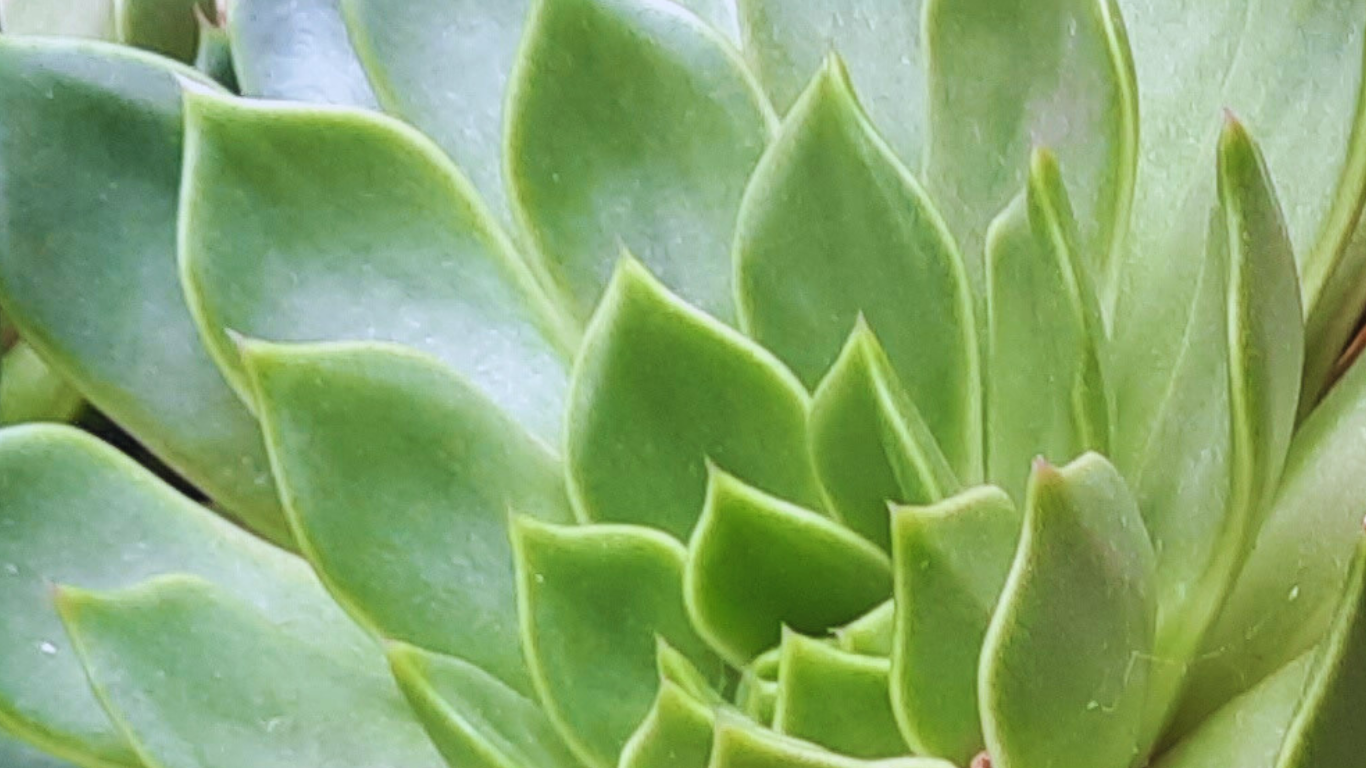
Ignorance Is Bliss
It is remarkable how the mind protects itself — how it whispers denial until the last possible moment.
I went for my regular mammography. Then came the call: additional images, an ultrasound. Still, I felt no fear. They simply hadn’t captured a good shot, I told myself. Even the report mentioning calcifications and asymmetry did not rattle me. Harmless words, I thought — surely echoes of breastfeeding.
In the waiting room, we were a quiet row of women in identical gowns, eyes locked on our phones. A stylish woman with pretty shoes was released quickly — her follow-up ultrasound unnecessary after all. I stayed behind with two others, still scrolling.
Soon a young technician led me into the darkened ultrasound room. The hum of the machine, the warm gel, the dim light — all so familiar after the countless pregnancy scans I had once welcomed with joy. But this time there was no conversation. She worked in silence, and I made no effort to break it.
When she finished, she asked me to stay lying down. The radiologist might want more images. Minutes later she returned, this time pressing the probe under my arm, tracing the lymph nodes. Still, I felt no alarm.
I was asked to dress. They would take me to see the radiologist.
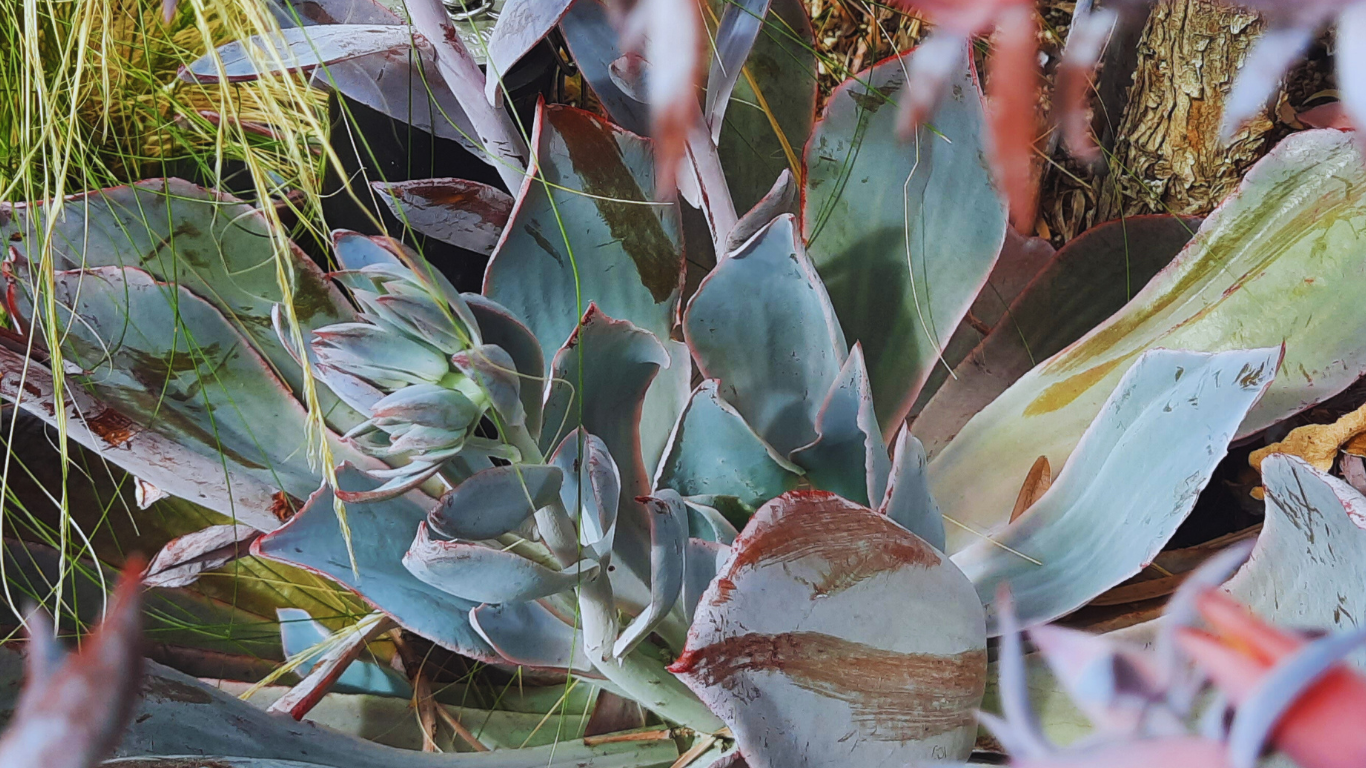
The Tiny Room
The consultation room was small and windowless. Two worn armchairs, the kind that looked as if thousands had slumped into them before me, faced two desks crowded with computers. Two middle-aged women sat typing, their fingers moving without pause.
Relieved to be back in my own clothes, I lowered myself into one of the chairs, certain the ordeal was almost over. Surely this was just a formality, a quick word from the doctor before I could return to my day.
On the wall a sign announced that the room was also used for biopsy consultations. Still, nothing stirred in me. Not yet.
The radiologist — a man in his early thirties — came in as the two women slipped out. He seemed awkward, and I assumed it was because the room was so small we were almost knee to knee, an intimacy we had not chosen.
It was only later, walking out of the hospital, that the first tremors of worry reached me.
Biopsy. Tomorrow. Suspicious images. A metal marker to stay inside my breast unless surgery removed it. My throat tightened as I remembered how they had advanced my diagnostic mammography by three weeks. They were in a hurry.

The Ambiguous Clarity
Five days of limbo. One foot already in the circle of grief, the other still trying to step back onto a more hopeful road. Some moments I felt almost normal. Other moments I was furious at myself, angry at God, or simply so sad I could not function.
Netflix became an escape. Then panic: my two-year-old daughter might grow up without memories of me.
Hope came and went like a tide. Talking to supportive family and friends helped. Crying helped. Even ChatGPT — helpful or not, I still do not know. It gave me a crash course in breast imaging, and also a hard truth: suspicious mammography plus a mass on ultrasound rarely ends benignly.
Yet with the threat came a strange grace. For a few days I had a clarity I had not felt in years. My midlife reckoning — the fog of feeling there was never enough time — vanished. Suddenly I knew exactly what mattered. My worries about aging skin made me laugh. There was no way I would skip a bedtime story with my son or playing hairdresser with my daughter. A painfully brilliant gift.
By the fifth day of waiting for the pathology report, a calm settled in. Each emotion had had its turn and now, exhausted, they let me be. Sunday was beautiful. I was with my family.
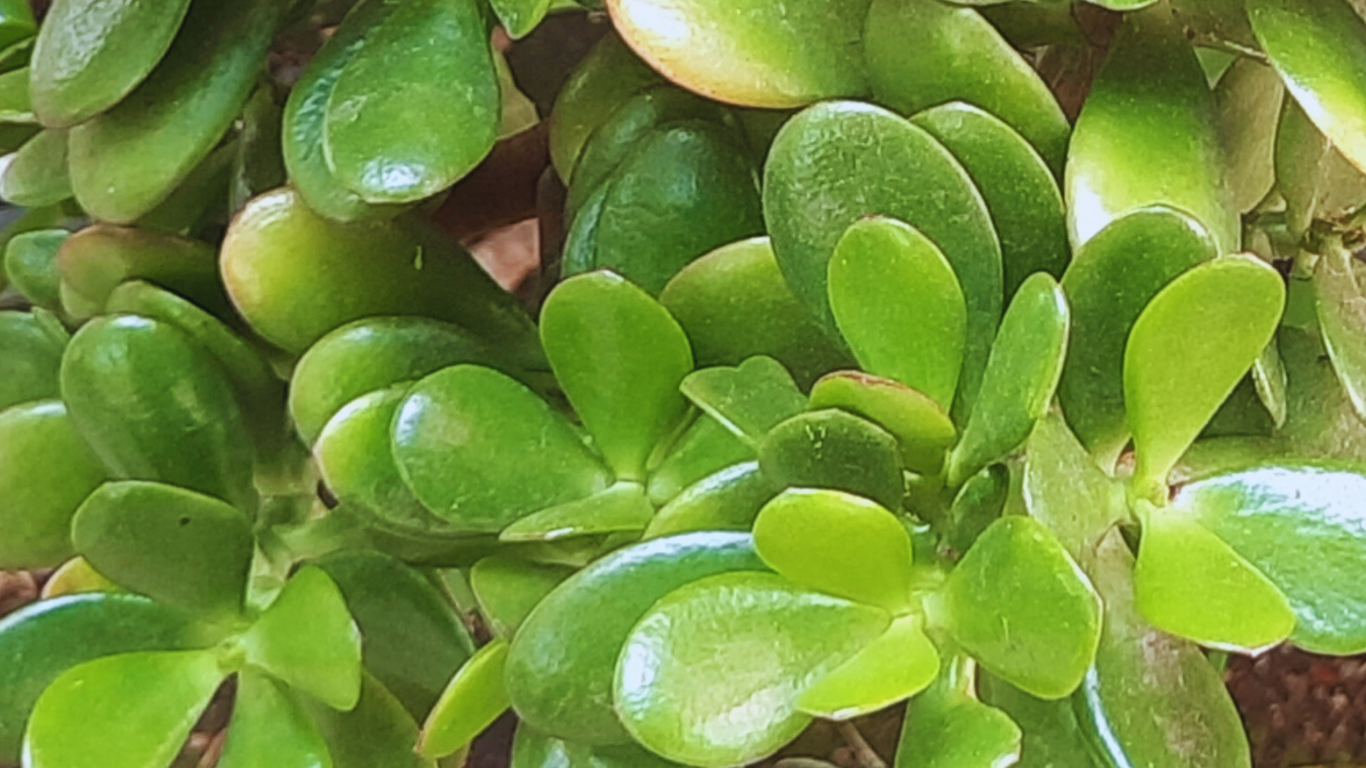
The Verdict
The last hour before the call was tense again. I had to remind myself to breathe.
But when the video call with the nurse navigator started, I was there with my husband, calmly hearing the words: breast cancer. Stage 0, they thought, but they would only know for sure after surgery. Still, she assured me they had caught it early. Yet the pathology report also carried a sharper edge: my cancer cells appeared to grow faster than some, marking it as a higher-risk kind.
The coming weeks will be full of appointments. The breast care team is already moving to organize surgery.
I am not happy this is happening. It is frightening and sad. But today, after a night of sleep, I somehow also feel that things are exactly as they are supposed to be. This was the wake-up call I could not snooze or dismiss — but perhaps it is the one that will keep me alive. An extraordinary learning experience stands before me, and good things will come out of it. .
I feel loved and supported by so many. That love — and the simple knowing that I am not alone — allows me to go through this experience one day at a time. I could not do it alone
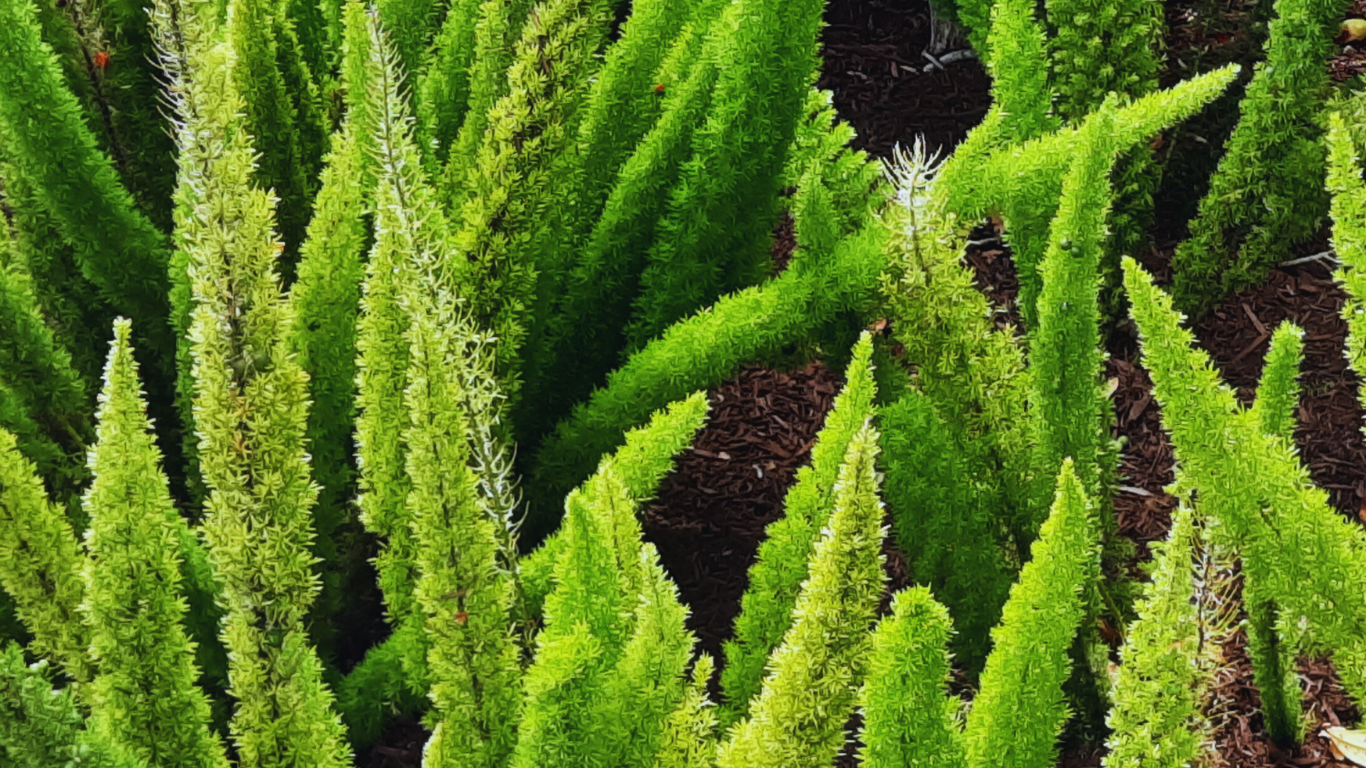

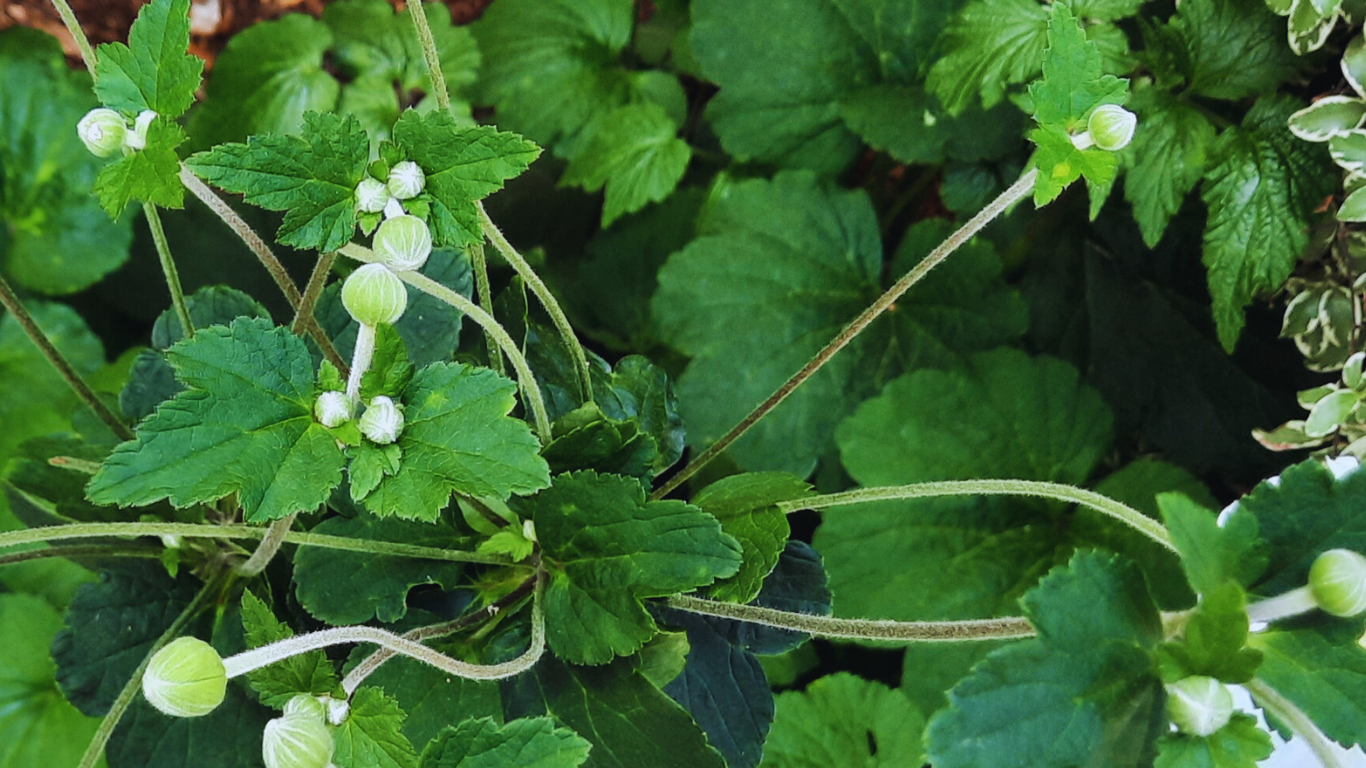
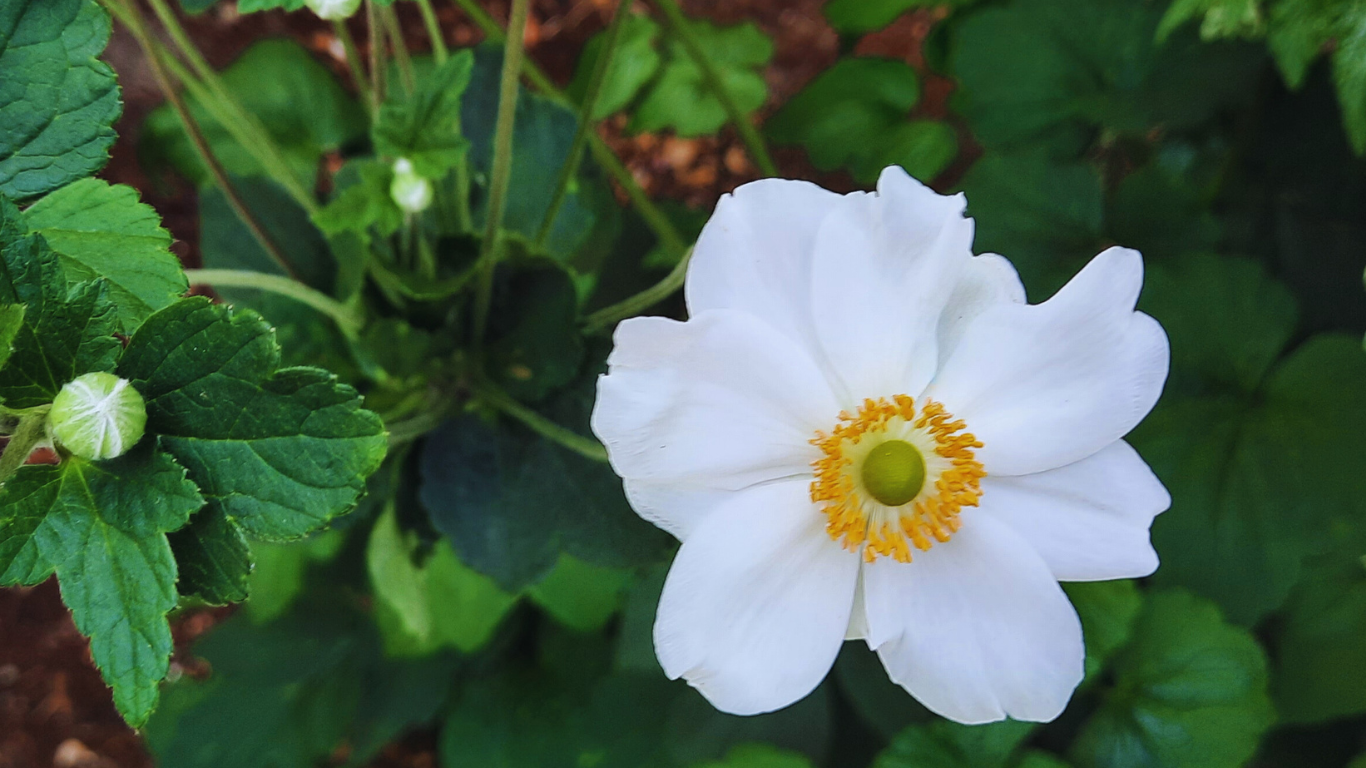

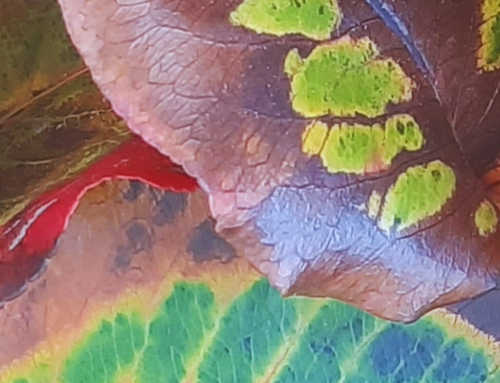
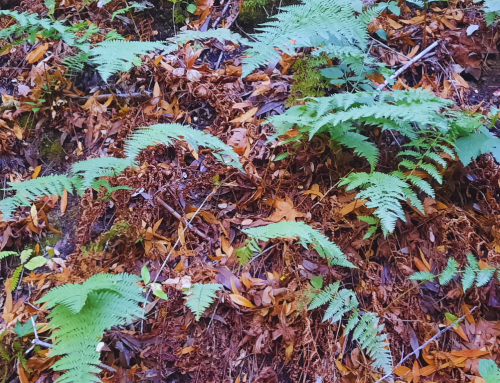
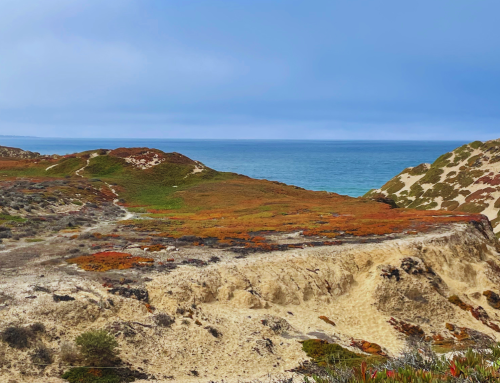
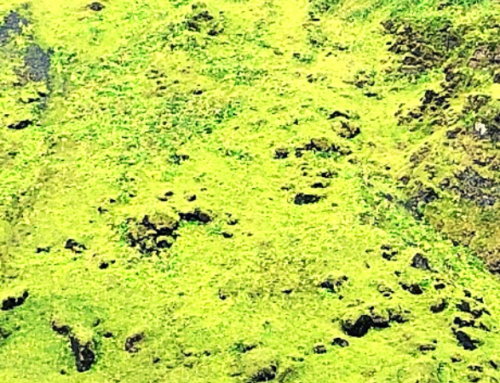
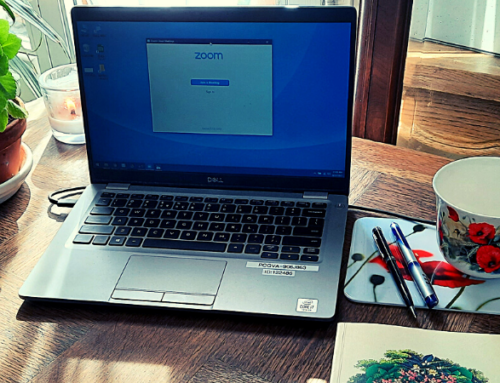
Beautifully expressed telling of your journey. Thank you for sharing.
Thank you Louise! I feel very lucky to have you in my life.
Oh my dear Vero, this is such a shock!
Thank you for sharing the story of awakening and reminding what the priority is.
Wishing you only best ahead, lots of selfish take care moments balanced with family time.
Big big hug
Dear Suzana, Thank you for your nice message and good wishes! I hope all is well for you and your family. Sending much love!